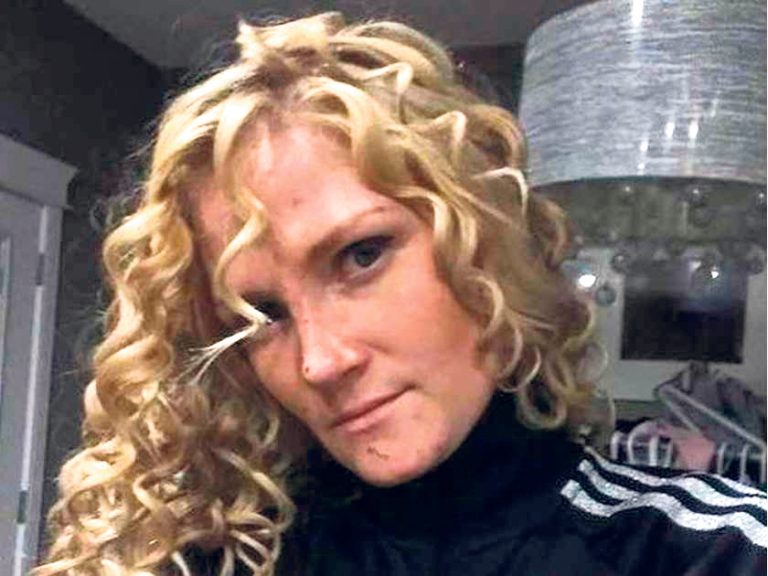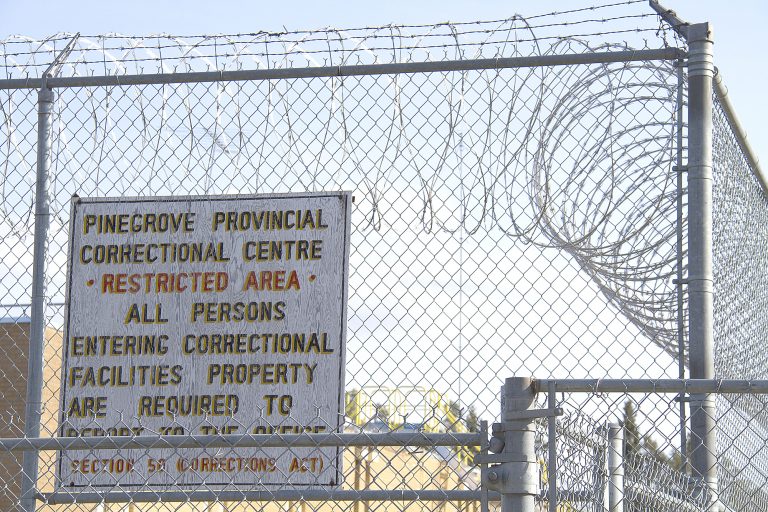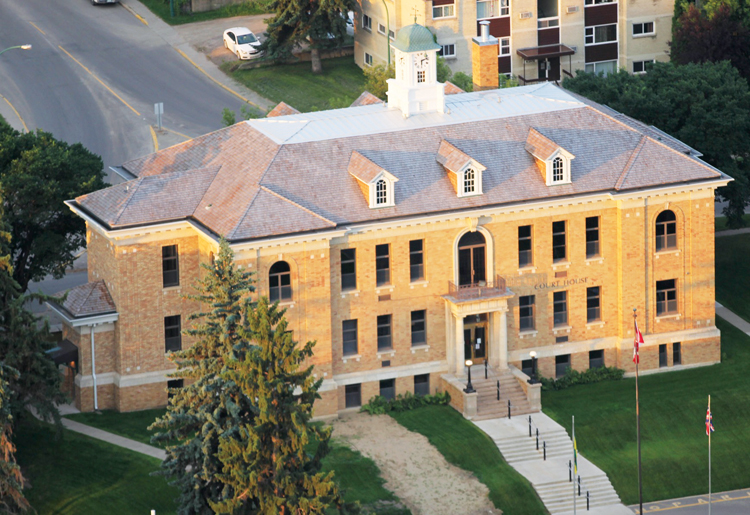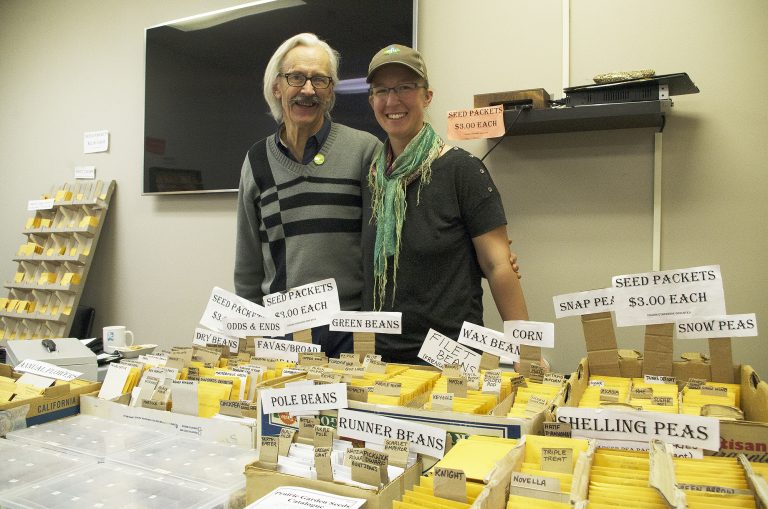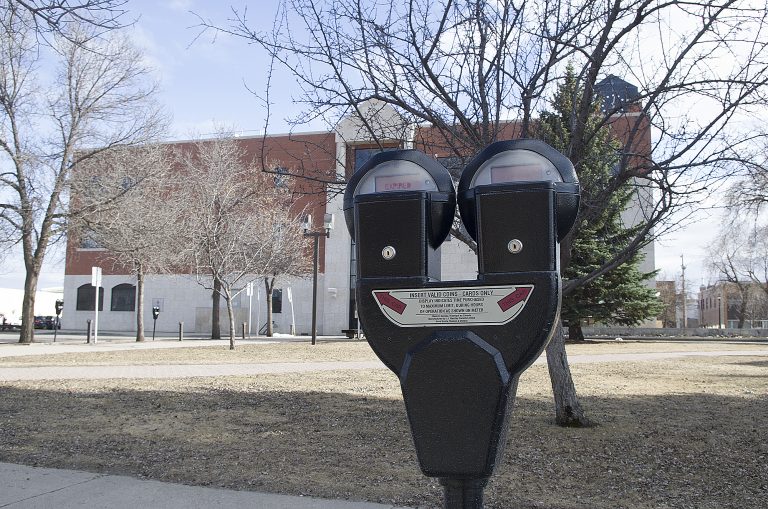A six-person jury has found the cause of Shauna Wolf’s death to be unknown and the means undetermined, while providing 17 recommendations for preventing similar deaths in the future.
Jurors needed less than four hours to come to their conclusions on Wednesday, as the third and final day of the Wolf inquest wrapped up at the Prince Albert Court of Queen’s Bench.
The decision brought mixed feelings for Wolf’s family, who were pleased with the recommendations, but saddened that jurors did not find a cause or means of death.
“Obviously the family is disappointed, but they did want me to pass on that they are very happy with the recommendations,” explained Ammy Murray, the lawyer who represented Shauna Wolf’s family at the proceedings. “They’re very happy that there is going to be some action taken within the ministry and within the correctional centre to address people withdrawing from opioids.”
While the findings weren’t exactly what they wanted, Murray said the family did get some closure from the inquiry. Family members were particularly thankful to see the time of death altered from 11:37 p.m. to between 9:15 and 10:15 p.m., when Wolf was still at Pine Grove.
“They did get some closure in the respect that there’s recognition now that Shauna was ill and not enough was done for her,” Murray said. “They also get some closure in hearing the recommendations, in knowing that while they may have lost Shauna, in the future, other women may not be lost.”
Of the 17 recommendations, the biggest involves the medical facilities at Pine Grove. The correctional centre has only two medical cells for a population of around 180 inmates, which was one of several reasons Wolf was moved to the segregation unit the night she died.
For the rest of this story, please see the May 4 online or print edition of the Daily Herald.

